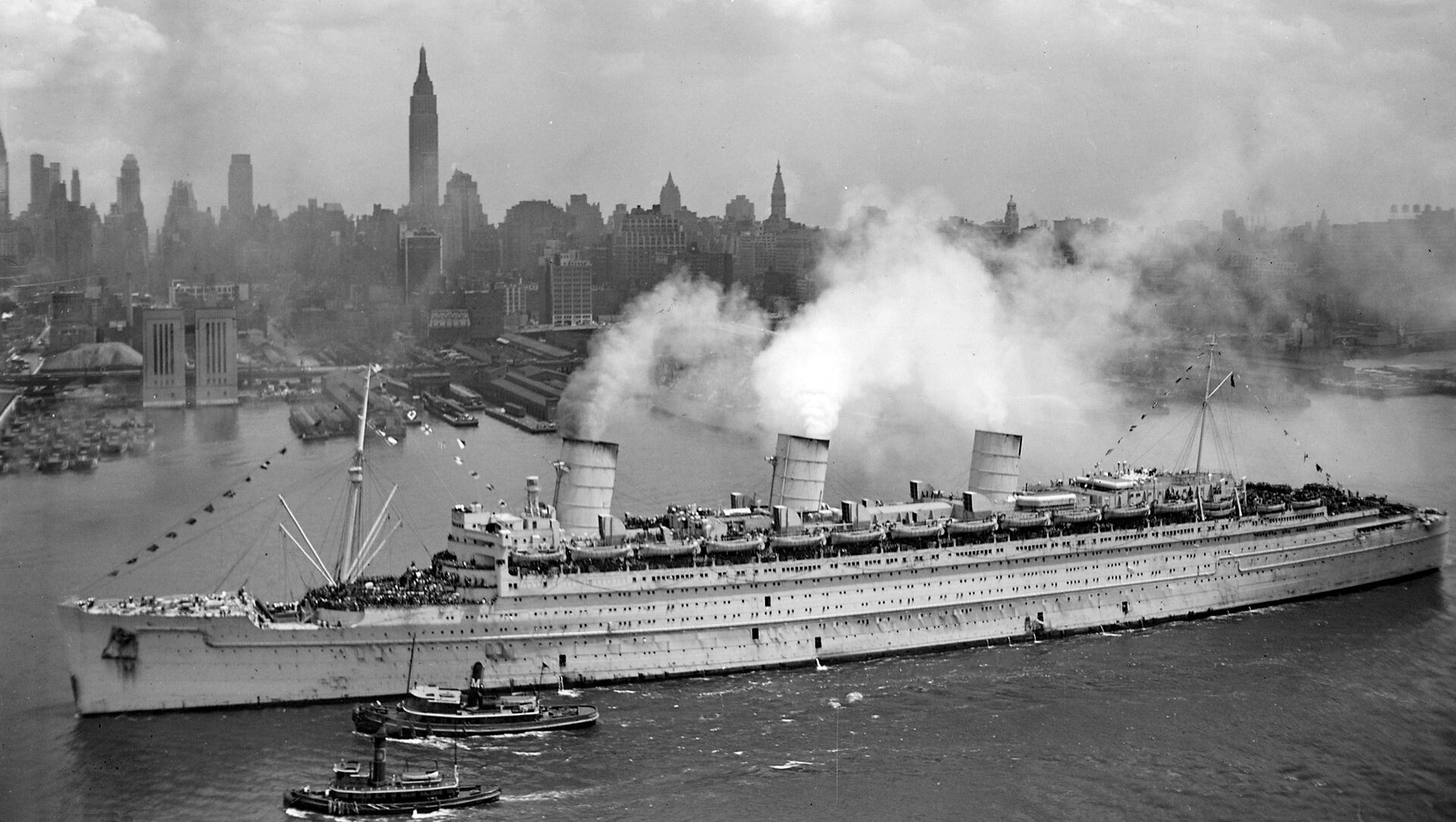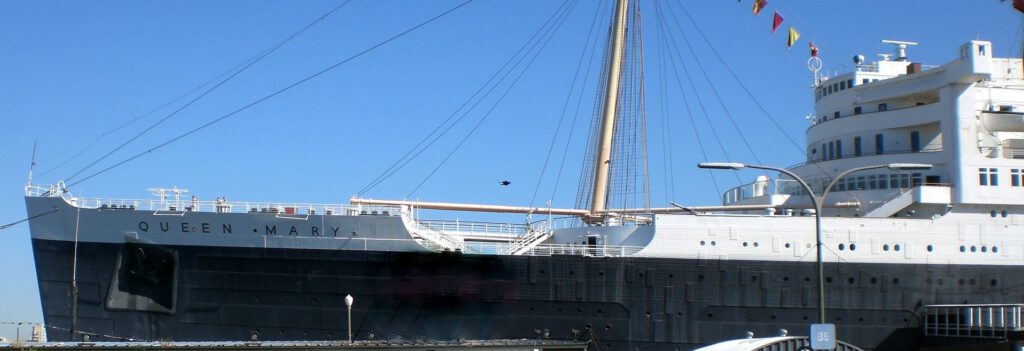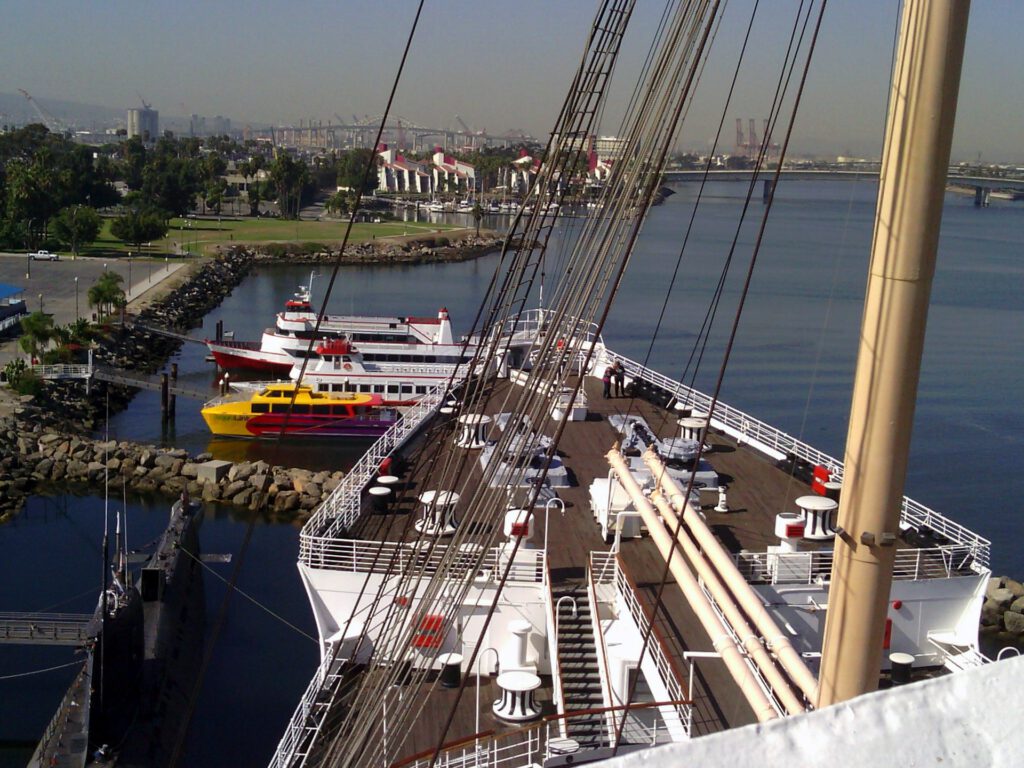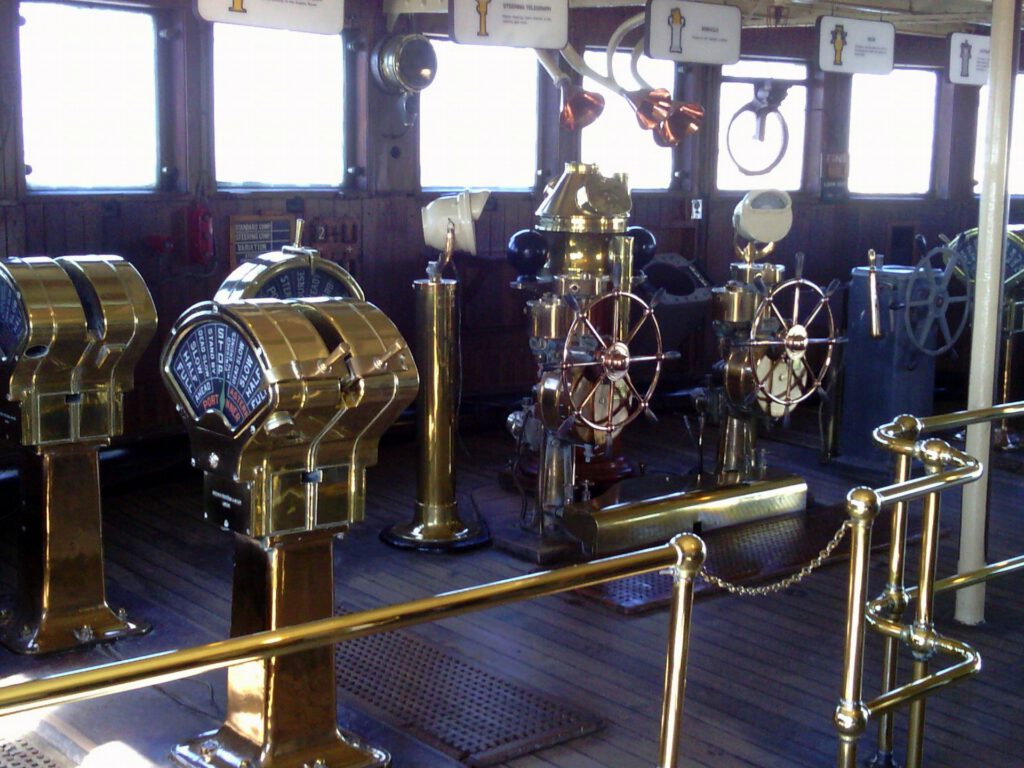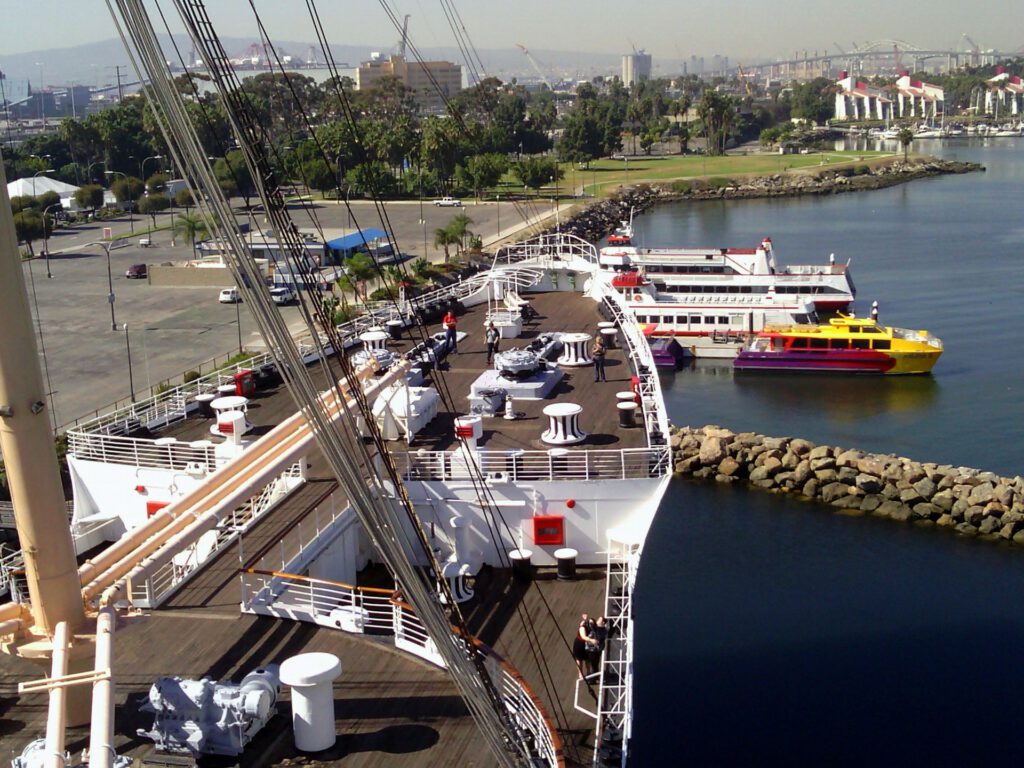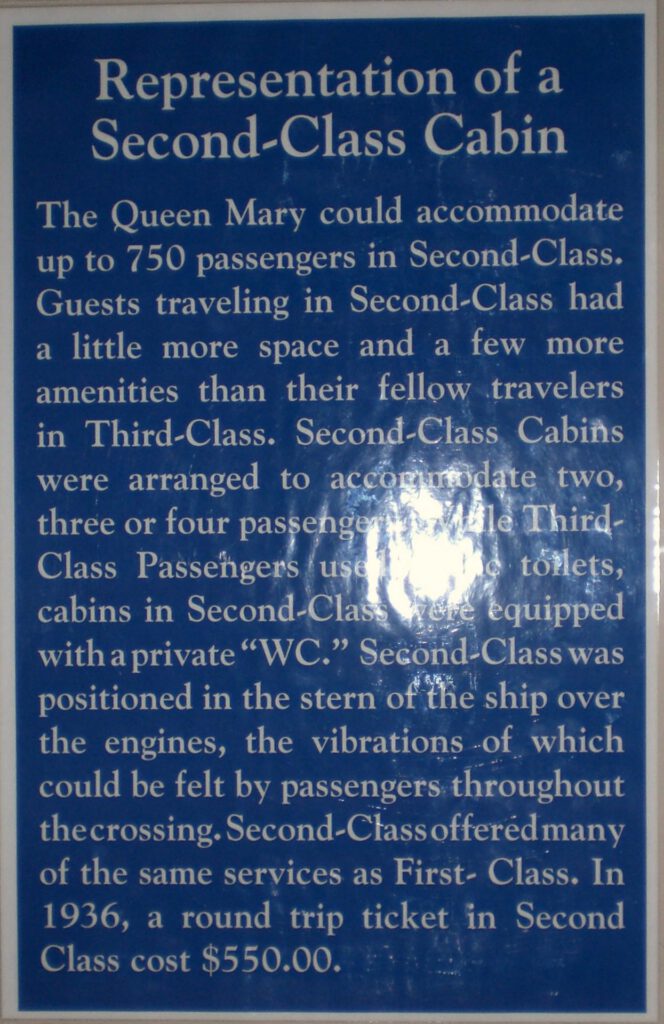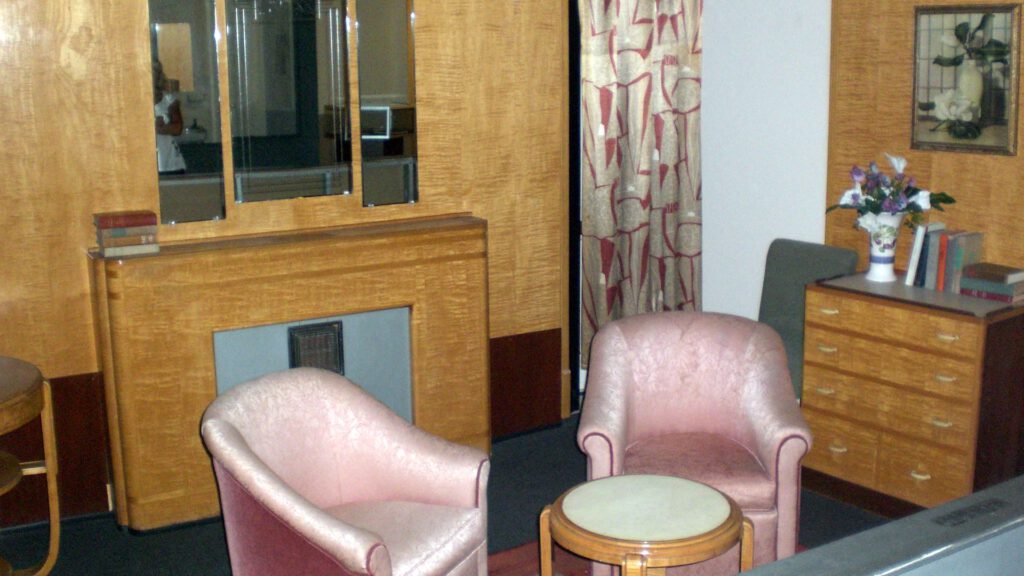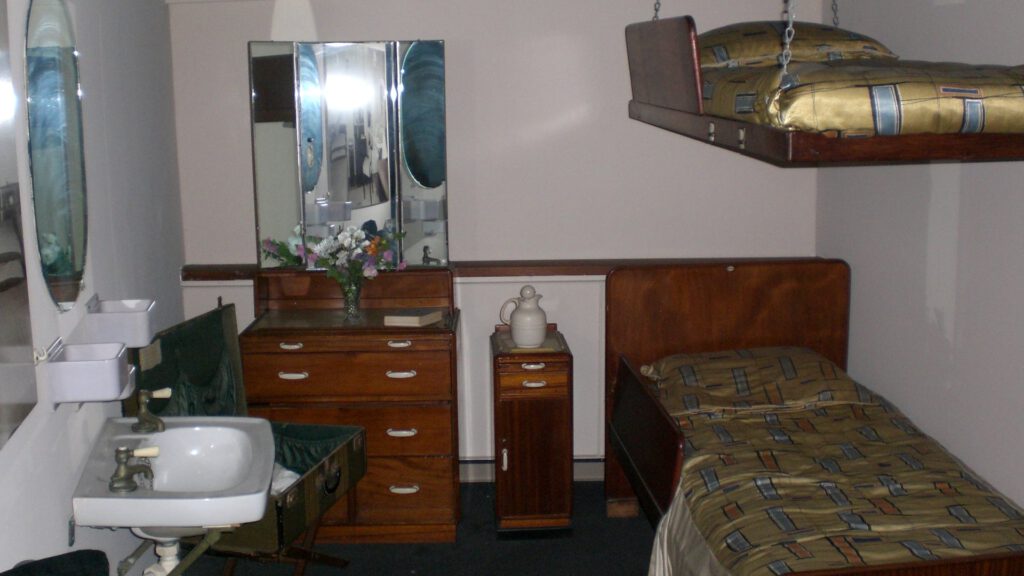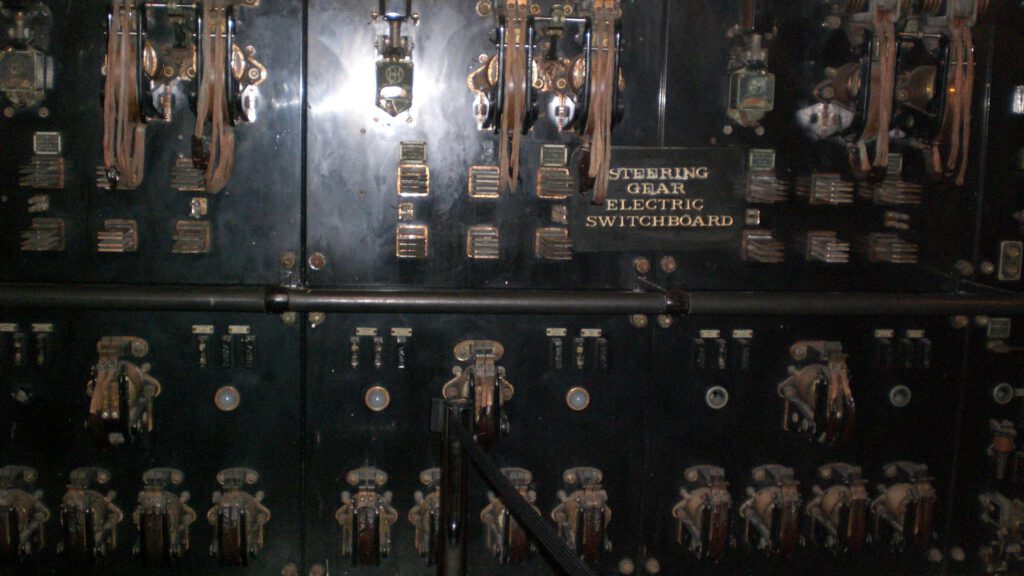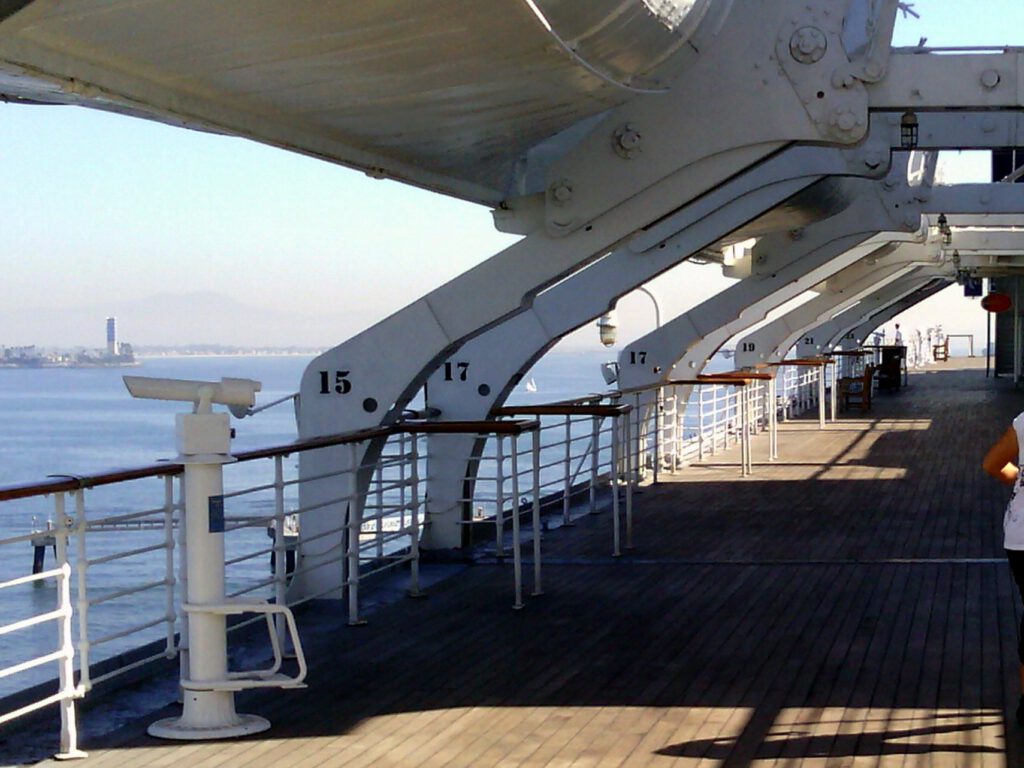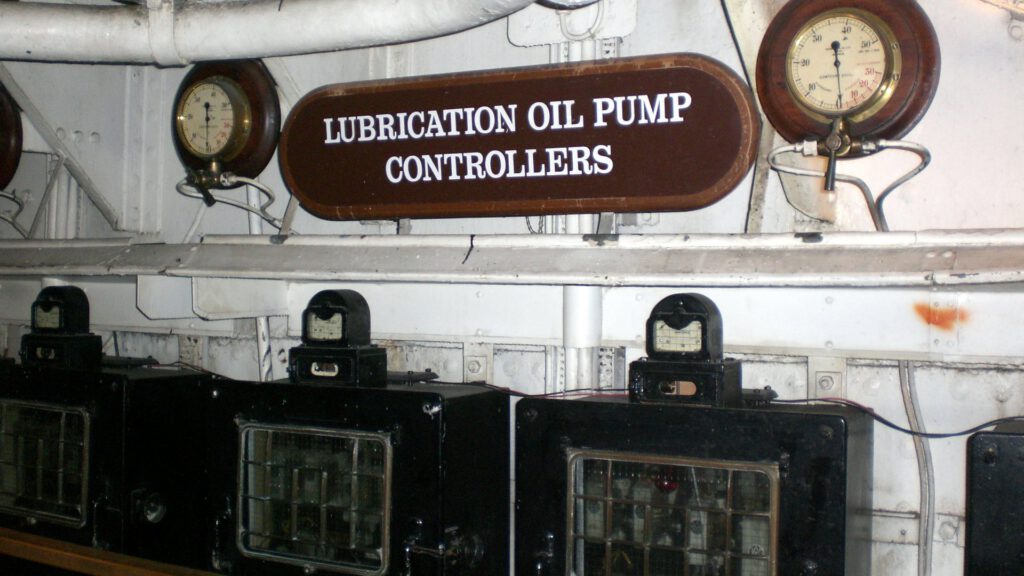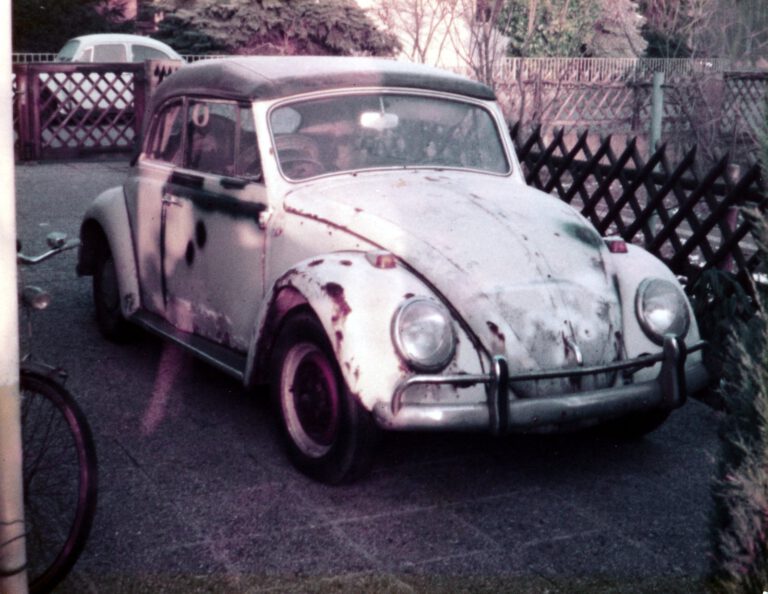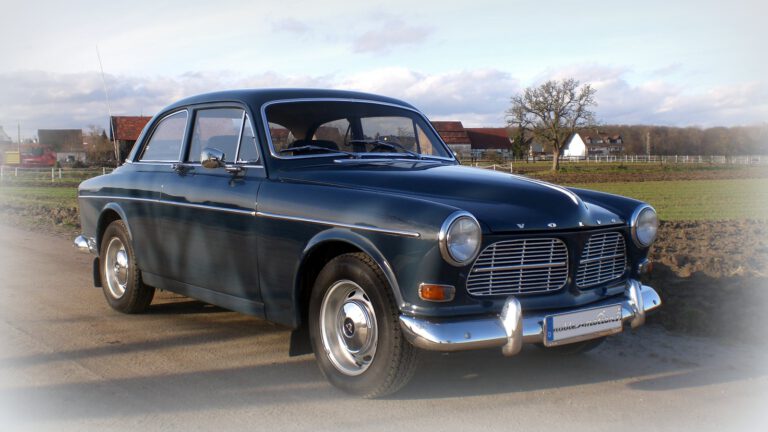Queen Mary
Machines
11. March 2021
Upd. 21.11.2024
Manfred Goschler
The majestic Queen Mary found its final resting place in Long Beach, California, after the city purchased the ship from the Cunard Line for just over 3 million dollars in the late 1960s. Since then, this legendary ocean liner has taken on a new life as a floating hotel and museum, delighting visitors with its rich history, timeless elegance, and unparalleled charm. Walking aboard this vessel is like stepping back in time, into an era of opulence and adventure on the high seas.
During my visit, I explored many areas of the ship, each more fascinating than the last. The lower decks, in particular, left a lasting impression. The aft engine room, with its colossal propellers, and the cavernous storage rooms crisscrossed with intricate networks of pipes, gave me a sense of the immense power and engineering that once propelled this ship across the Atlantic.
Above deck, the Queen Mary’s grandeur truly came to life. The main hall, with its ornate design and polished wood, exuded a sense of timeless luxury, while the promenade deck offered stunning views and a reminder of the ship’s elegant social life. The sun and sports decks, designed for leisure and recreation, showcased the dedication to passenger comfort, a hallmark of ocean liners in their heyday. And then there was the steering cabin—an area brimming with character, where the ship’s massive wheel and brass controls stood as a testament to the craftsmanship of a bygone era.
What struck me most about the Queen Mary was its remarkable condition, even after more than 80 years. Many fixtures, especially those made of brass, gleamed as if they were newly installed, a tribute to the meticulous care that has gone into preserving this historic vessel. Standing on the upper deck and gazing out over the narrow, streamlined bow, I couldn’t help but marvel at the ship’s sleek design. This slender shape, undoubtedly one of the reasons for its impressive speed, allowed the Queen Mary to cross the Atlantic in just five days—a record-breaking feat that earned her the prestigious Blue Riband multiple times between 1936 and 1952.
Beyond its impressive technical achievements, the Queen Mary represents a piece of cultural history. It carried passengers ranging from Hollywood stars to soldiers during World War II, earning the nickname “The Grey Ghost” for its wartime service. Today, docked in Long Beach, the ship serves as a living museum, preserving a bygone era of luxury travel that seems almost unimaginable in the age of airplanes and cruise ships.
As I walked its decks and imagined the lives of those who once traveled aboard, I felt a deep sense of admiration for the ship and its legacy. The Queen Mary is more than just a retired ocean liner—it is a monument to human ingenuity, ambition, and the golden age of ocean travel. For anyone visiting Long Beach, a tour of this magnificent vessel is an must. It’s a chance to step into history, to feel the echoes of the past reverberate through its halls, and to be awed by the enduring elegance of one of the most famous ships ever built.

